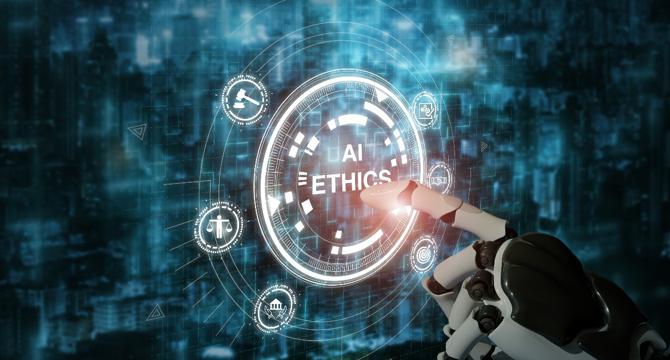Securityintelligence
4w
412

Image Credit: Securityintelligence
Navigating the ethics of AI in cybersecurity
- Artificial intelligence has become increasingly commonplace and is used for everything from personal recommendations to incident response automation. As its use grows in cybersecurity, to detect insider threats or screen employee awareness via simulated emails, transparency, ethical considerations and a central focus on accountability are essential to prevent the technology's misuse and falling foul of legal restrictions. There are concerns that malicious hackers are already resorting to using AI, resulting in phising content. Genuine companies need to recognise that while AI can be a useful tool in counter-cybercrime, it also carries with it ethical responsibilities and potential privacy breaches.
- Large companies may use AI to train algorithms which can detect weaknesses and enable penetration in apparatus. However, cyber criminals hijacking these programmes or using them for the cloud, can have serious public information compromise implications. For this reason, security solution providers must ensure data protection and privacy are maintained, in adherence to data rights legislation such as the GDPR.
- In cybersecurity, AI has developed several ethical and privacy challenges. It is crucial that technology companies incorporate transparency and accountability ethics in these services, to prevent harm. Data quality should be high, anonymising and safeguarding confidential information while following frameworks such as TEVV, which entails Testing, Evaluation, Validation and Verification controsl. Cybersecurity-specific uses of AI carry the risk of profiling and targeting specific groups, bringing about potentially unjust actions. The models of many AI products often lack the explainability needed to gain transparency and accountability in AI- driven decision-making.
- People training AI systems impart unintentional biases that may end up being amplified by the machine. Companies using AI as a shortcut for human resources and who fail to reinvest in training and AI-adjacent roles run the risk of amplifying AI's limitations, creating AI Drift.
Read Full Article
24 Likes
For uninterrupted reading, download the app